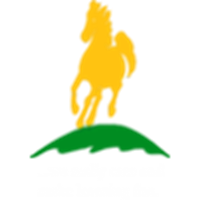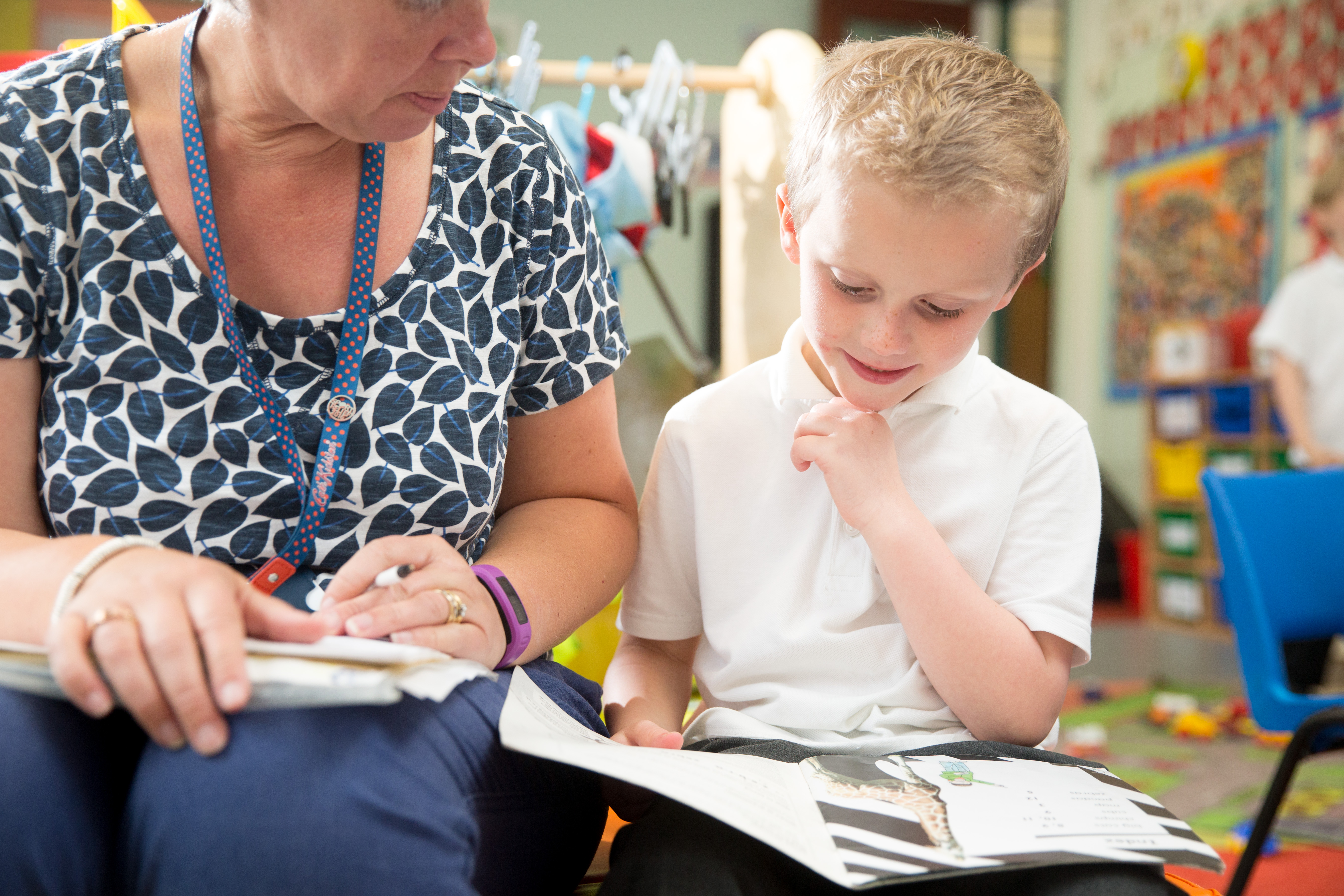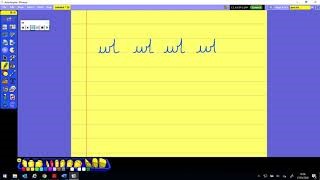Supporting your child
Here you will find a range of resources and activities that you can use, at home, with your child. If you would like further advice, your child's teacher will happily talk through specific activities that would support progress.
Alternatively look at individual year group expectations under the curriculum section in the Learning menu option.
English
Learning to read with phonics
Each day children in the early years, year 1 and year 2 have a phonics lesson. These lessons teach children the correspondences between graphemes in written language and phonemes in spoken language and how to use these correspondences to read and spell words. We use the Little Wandle Letters and Sounds Programme
Phonics and Early Reading Policy 2024
Reception
Below is the link to the powerpoint and resources that we use at the workshop for parents:
Welcoming to phonics powerpoint
Reception’s Phonic Sound Mat and Letter Formation Rhymes
Reception letter formation sheets
Some great videos to help with sound practice here
Some more general advice and free resources here
Year 1 and Year 2 resources
Letter formation practise sheets when your child begins to add the ‘flicks’ ready for joining.
Phonic reading book progression
Nursery and Reception Books with no words
Enjoy the book 2, 3, 4 times until the children tell you the story and question you!
Through discussion:
- broaden vocabulary
- relate themes to their life
- do some sound isolation: ‘b.b.b.book’ What sound can you hear at the start of ……? Can you find something beginning with s, a, t, p, n (eye spy books)
- Talk about what writing is (briefly)
- Question with why, what, how, where, who, when?
Books with words
Enjoy the book 2, 3, 4 times until the children tell you the story and question you!
- Begin to sound out(lips the fish) – sound video
- Begin to blend
- Model it
- Share it
- Read through the pictures (eagle eye)
- Praise trying hard (trying lion)
- Question
- Relate to life
- Lower case letters first
- Capital names later (I and i)
Enjoy it, reward it, make it special.
books with words
By the end of reception/beginning of year one
Where we hope to be by the end of Reception (but we can’t do it without you)
- Pupil knows phase 2 sounds (see programme – by xmas)
- Pupil knows phase 3 sounds
- Video shows pupil beginning to read fluently (automatically blending) and using quick sounding out if they need to check
- Occasionally they may need to revisit their phonic mat for support
Use of pictures
Sometimes read for them
Numeracy
These resources and ideas were developed by teachers at Stottesdon. Please use the following link for a digital copy.
Learning Your Times Tables
With the dawning of the new curriculum, the focus on learning the times tables has shifted quite considerably. The new expectations are as follows:
Year one : Count in multiples of 2, 5 and 10
Year two: Count in steps of 2, 3 and 5, and 10 from any number. Use and recall multiplication and division facts from the 2, 5 and 10 times tables. Use multiplication facts from the 3 x tables. Show multiplication can be done in any order.
Year three: In addition to the above, count in multiples of 4 and 8. Recall and use multiplication and division facts from the 3, 4 and 8 x tables.
Year four: In addition to the above count in multiples of 6, 7 and 9. Recall multiplication and division facts for times tables up to 12 x 12.
In years five and six these facts are used and applied throughout the maths curriculum and are therefore vital.
To help you and your child with this journey, please click on the links below for various information.
| 3x | 4x |
| 5x | 6x |
| 7x | 8x |
| 9x | 11x |



